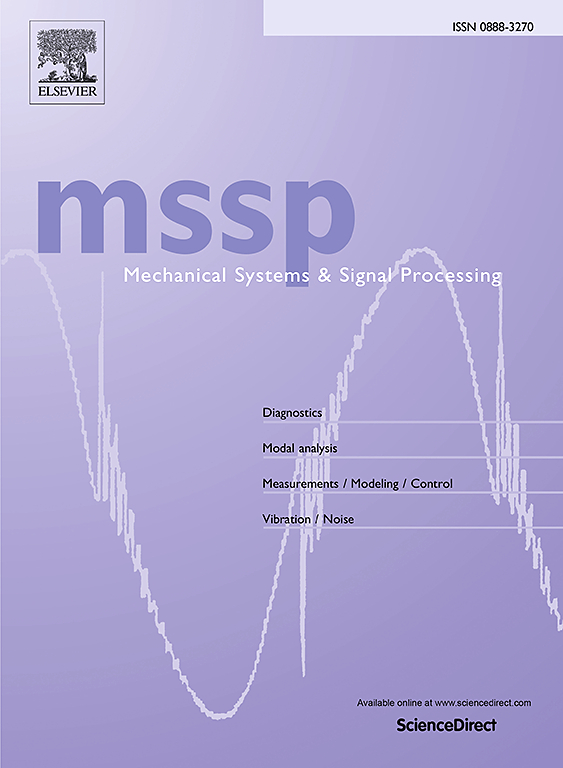Evaluation and optimal design of suspended backpacks considering the system instability introduced by load fluctuations
IF 7.9
1区 工程技术
Q1 ENGINEERING, MECHANICAL
引用次数: 0
Abstract
By introducing relative vertical motion to control the fluctuation of the mass center of the human-load bearing system, elastically suspended packs successfully achieve reducing metabolic cost in load carrying tasks. However, the theoretical optimal results of many of the proposed strategies are significantly different from the measured values. The reason is most existing methods are based only on the optimization of relative vertical motion control, failing to consider the significant impact of the vertical motion on the stability of human walking, which requires extra energy to compensate. To solve this problem, this paper constructed a human walking stability evaluation system based on moment analysis by analyzing the change rule of stability with gait cycle during human weight-bearing walking. In order to more accurately predict the effects of loaded exercise on human metabolic expenditure, a metabolic evaluation model was proposed that introduces a stability correction parameter by exploring the discrepancy between the traditional inverted pendulum energy expenditure prediction model and the experimental metabolic results. To design a novel optimal metabolic saving strategy, a passive elastically suspended backpack which can achieve different relative load motion states was designed, and biomechanical data of human motion were collected through walking experiments. The results show that the threshold for the motion amplitude ratio to ensure walking stability is αthr ≈ 2, while the optimal metabolic amplitude ratio to minimize energy consumption is αopt < 1.5.
求助全文
约1分钟内获得全文
求助全文
来源期刊

Mechanical Systems and Signal Processing
工程技术-工程:机械
CiteScore
14.80
自引率
13.10%
发文量
1183
审稿时长
5.4 months
期刊介绍:
Journal Name: Mechanical Systems and Signal Processing (MSSP)
Interdisciplinary Focus:
Mechanical, Aerospace, and Civil Engineering
Purpose:Reporting scientific advancements of the highest quality
Arising from new techniques in sensing, instrumentation, signal processing, modelling, and control of dynamic systems
 求助内容:
求助内容: 应助结果提醒方式:
应助结果提醒方式:


